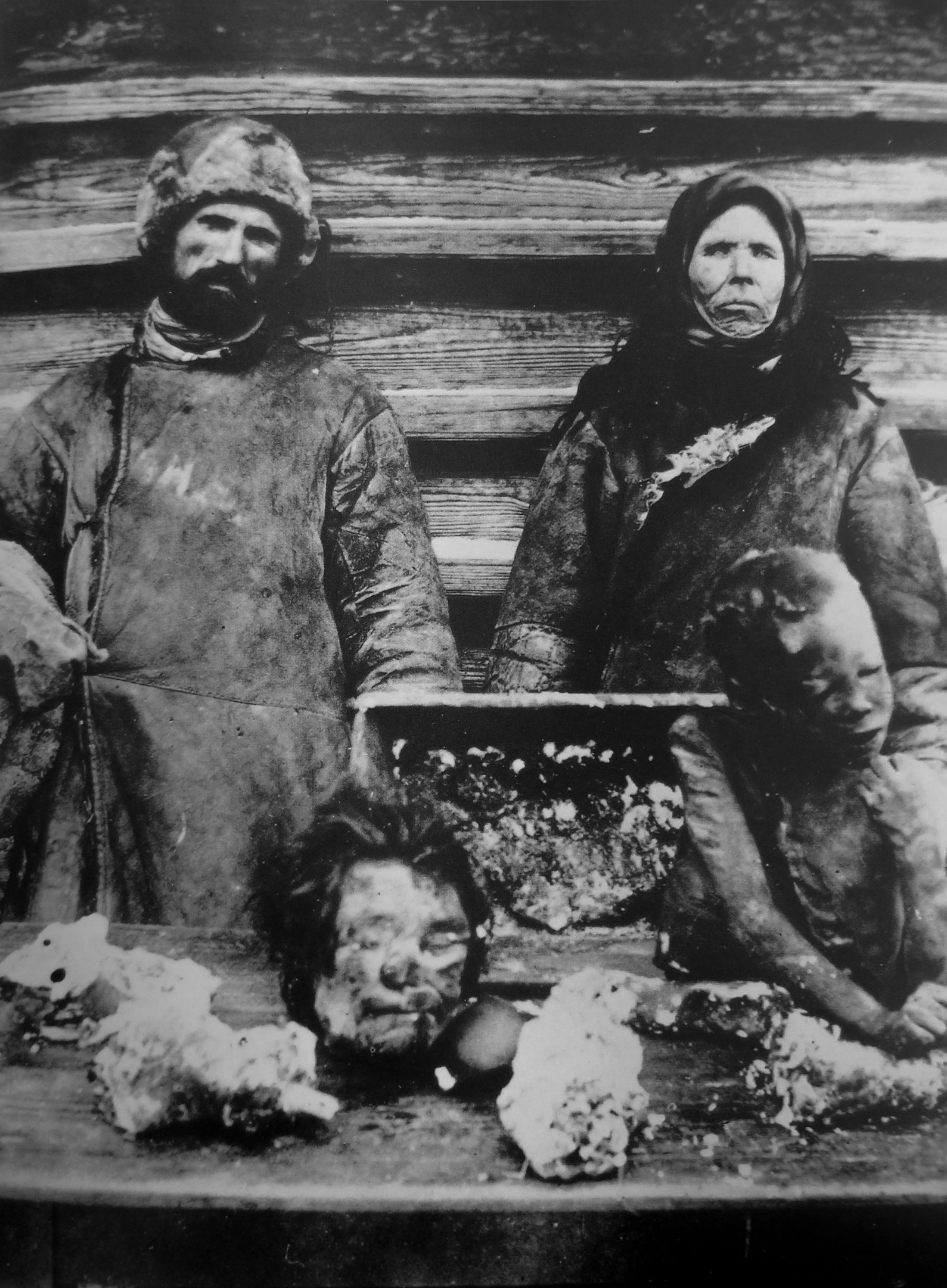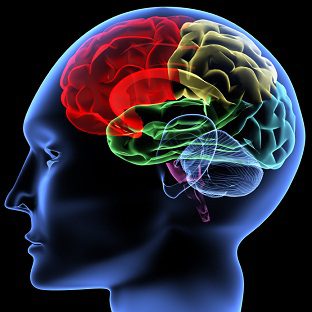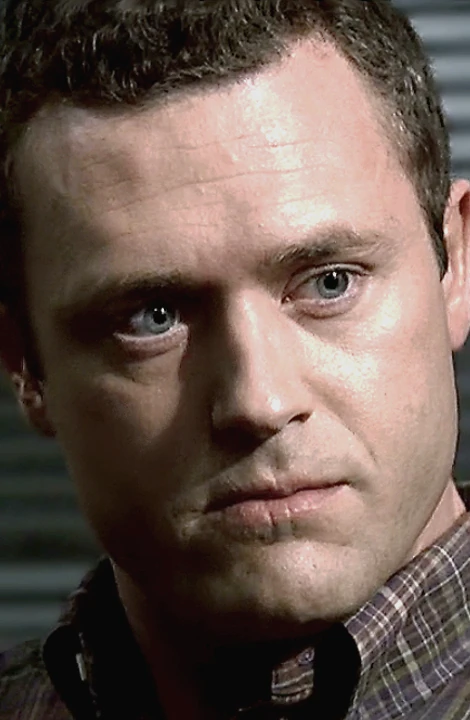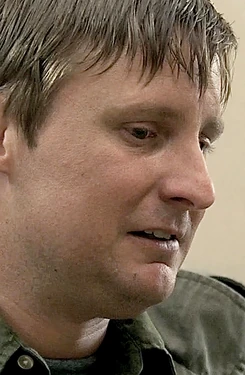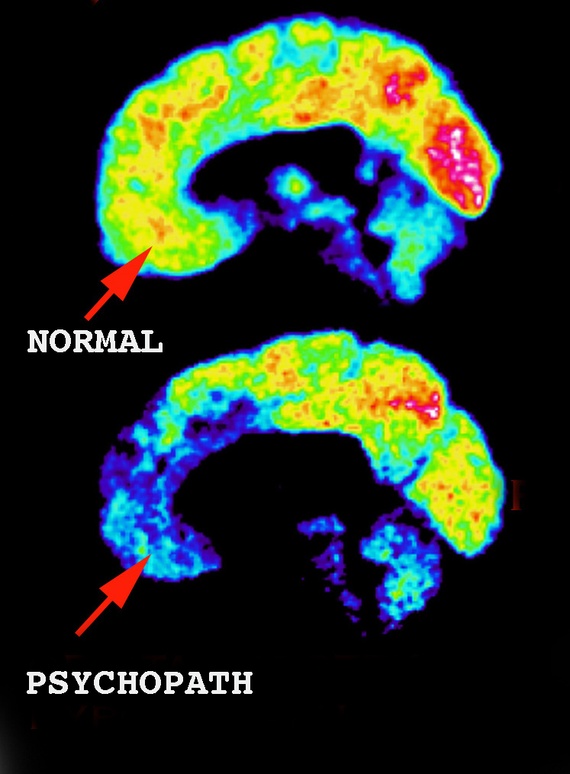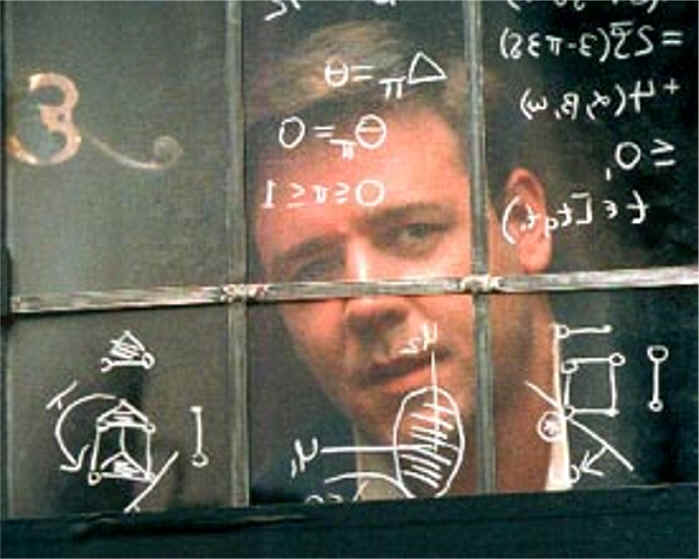A copycat killer takes off where a serial killer had left off. The BAU was able to link the murders to a serial killer who had been executed due to the detailed replication of the murders. The victims died from blood-forced trauma to the head, most likely from a hammer. Then the victims were sexual assaulted postmortem; for the copycat this meant placing the original killer's semen on the bodies. Following this, a constellation was stabbed into the victims abdomen, most likely with a screw driver. When the killer left the houses of the victims, both the original and the copycat, all the windows in the house were opened. Lastly, there was never forced entry in these murders, suggesting that the copycat killer was looking for easy targets.
The BAU soon find out that the copycat killer was obsessed with the initial serial killer. In fact, the
he started. She was his "angel." In fact, at the end of the episode she... Sorry, you will have to watch the episode and see for your self what happens:)
Anyways, I would like to touch on the topic of obsession, as it seems to be the most important aspect of this entire episode. According to Psychology Today being obsessed can be someone who is "lovesick" and "cannot eat or sleep," they may go as far as "to harass and stalk" the person that they are obsessed with. Obsessed people will do anything to please the person they are obsessed with as well. Many individuals suffer from romantic obsession, as in this case. Chasing a love interest may be an unconscious urge inherent to perpetuation of the species, but it may become intrusive when the pursuit goes too far as well. In this case, the "copycat" was obsessed romantically with the initial serial killer and believed that she had to finish what he had started. This was one of the ways she was able to get close to him after he had died. She also went as far as taking his remains out of his grave and keeping them at her house. Gross! She was so fixated on this man... Obsession is like a disease. Once obsessed, there is no escaping. In my opinion this girl was psycho. Obsessions can turn into cases of a compulsive personality disorder if the person does not get help soon enough too. A person can get help from psychologists for disorders such as these, but obsession is something that is extremely difficult to overcome, even with help.
https://www.psychologytoday.com/articles/201501/obsessed








